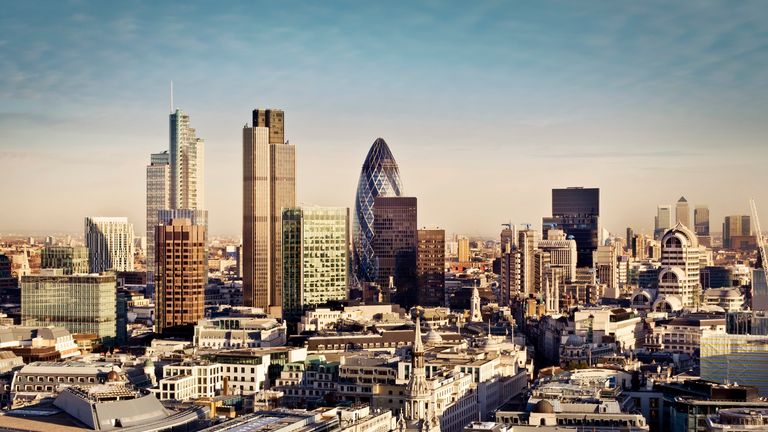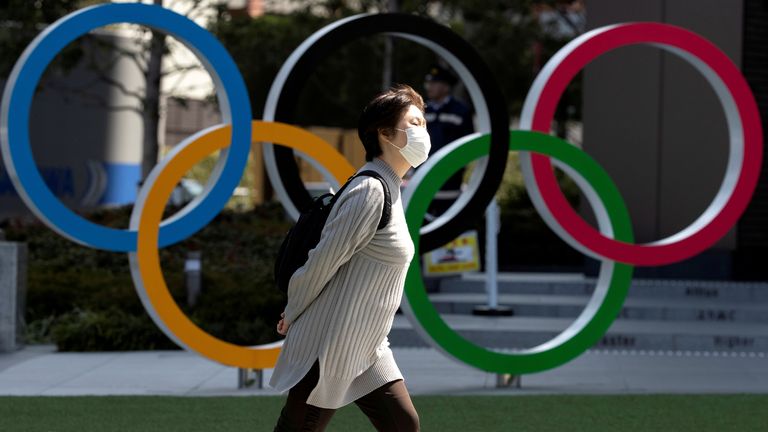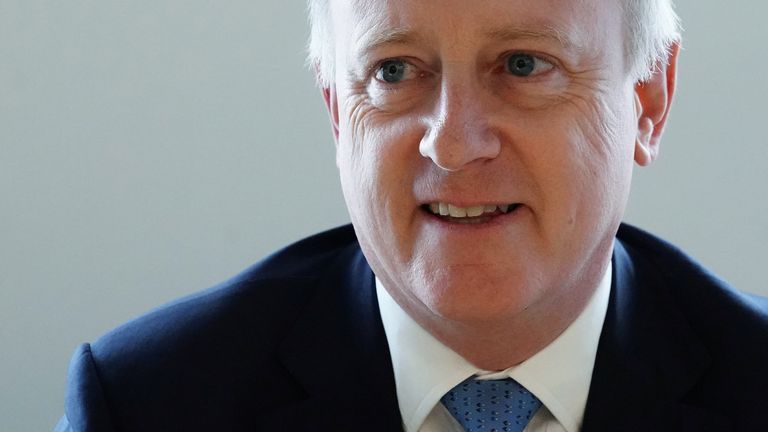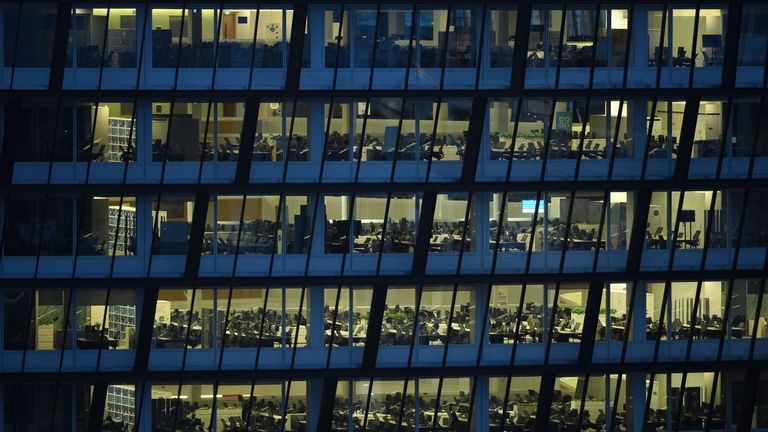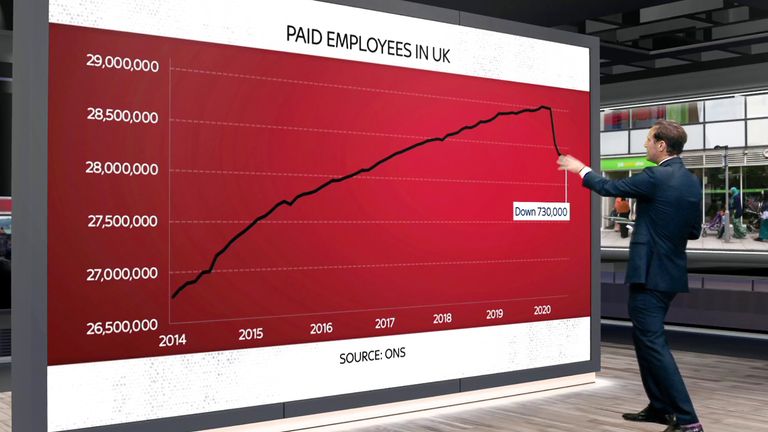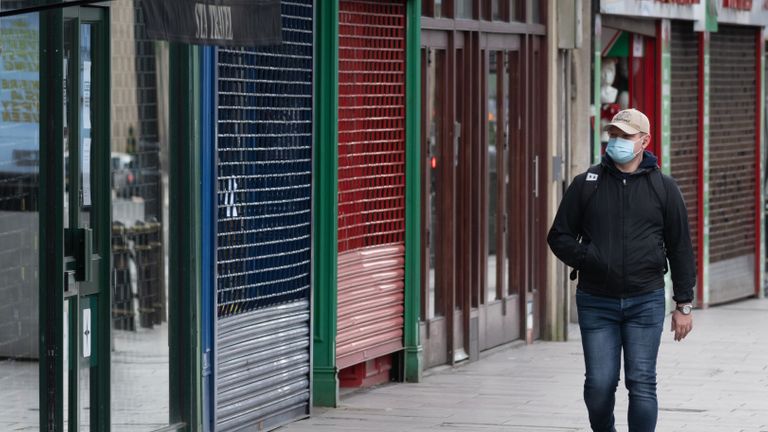The word resilience has been heard a lot during this crisis from businesses – whether that is the resilience of supply chains, the resilience of broadband infrastructure or the resilience of employees as they battle to work in trying circumstances.
With memories of the global financial crisis still fresh, there has also been an emphasis on financial resilience, the ability of a business to withstand intense balance sheet pressure during the current pandemic.
A good example emerged today in the form of Lloyd’s of London.
The world’s oldest insurance market said it would be paying claims worth an estimated £5bn as a result of COVID-19, of which £2.4bn came during the first half of the financial year, pushing the market to a pre-tax loss of £438m.
That compared with a pre-tax profit of £2.3bn during the same period last year.
But John Neal, chief executive, said the fact Lloyd’s had been able to pay billions of pounds in claims showed how the market had demonstrated “real resilience and strength” during a “truly challenging moment in global history”.
He told Sky News: “Everyone remembers 2017, when we had three hurricanes in the US, the total cost of those was around about £3.5bn, so [COVID-19] is quite similar in size to a very, very major catastrophic event – but remember those were three losses added together.
“This is just one event in itself.
“So, in terms of recent history, it’s up there with the largest single loss that the market’s ever encountered.
“It is very substantial.
“The good news, I think, is that we are paying out.
“There are times when we have got to stand up and look after our customers – and that’s our priority.”
Mr Neal said that around two-fifths of payouts related to COVID-19 were to cover the cancellation of events – ranging from individuals cancelling their wedding right up to the postponement of the 2020 Tokyo Olympic Games.
He said a further quarter had come from claims where customers had either taken protection against the pandemic itself or against foreclosure of their business.
The remainder had come across a range of insurance products but particularly on credit and financial lines.
In terms of geography, he said COVID-related claims had broadly reflected where Lloyd’s does its business, with just over half of all claims coming from the United States and a sixth coming from the UK.
A further 7% came from the rest of Europe and the remainder from the rest of the world.
Mr Neal said he was confident about the assumptions underpinning the forecast for a total COVID-related payout of £5bn.
He said those assumptions included a second wave of the virus.
Mr Neal added: “Our thinking really runs through what happens quarter on quarter.
“So we paid £2.4bn or assumed that the total cost will be £2.4bn [in the first half].
“After recovering £2bn from reinsurance in the first half and, we’ve got money set aside, roughly £600m, for what we think is coming in the second half of the year.
“So far, we’ve been pretty accurate in calling the total value of the loss and the cost of the claims.
“So we’re confident in the numbers that we’ve reported today and the monies we’re setting aside.”
One of the main strengths of the Lloyd’s market, historically, is the way in which people are able to transact face to face.
That was interrupted when, at the start of the pandemic, Lloyd’s closed the underwriting room at its world-famous headquarters, designed by the architect Richard Rogers, on Lime Street.
The underwriting room reopened at the beginning of the month but Mr Neal said the return to work was only happening gradually.
He added: “At its maximum, we get about 6,000 or 7,000 people in the underwriting room.
“We’re in the hundreds at the moment – we have put in place measures that allow us to be appropriately socially distanced.
“The room benefits from having escalators, not elevators, and so we can get to a capacity of 50%.
“So twice what a normal building can cope with, and we think that’s going to build through September October, but it’s hundreds here at the moment – probably building to a new capacity, for the time being, of 2-3,000.”
He said the market had installed digital capability allowing brokers and underwriters to connect face to face even if only one of them was physically present in the Lloyd’s Building.
Mr Neal said the market had not been denuded by the fact that brokers and underwriters had not been able to meet face to face.
He added: “The good news is that we’ve been able to work, but it’s just harder and activities just take longer without some face to face connection.
“So to be able to get a bit of the face to face connection back, and combine it with some of the digital capabilities we’re talking about, is perfect.
“Face to face definitely has a value – but getting that connected with a digital capability, and getting the two to work together, is perfect.”
The huge COVID-related payouts Lloyd’s is making would have put immense strain on most business.
It was not lost on Mr Neal that they come at a time when, ironically, underwriting conditions are the best for a decade.
He said: “If you take COVID out, and the fulfilment of our obligation to our customers, the underlying performance is the best it’s been for a while.
“That reflects the effort that we’ve been in [to improve performance], and it reflects some beneficial tail winds from pricing.
“So we’re confident, as we look into 2021 and 2022, that we’re well set.”
:: Subscribe to the Daily podcast on Apple Podcasts, Google Podcasts, Spotify, Spreaker
Along with the London Stock Exchange and the Bank of England, Lloyd’s of London is traditionally one of the three pillars of the City of London.
That such a systemically important financial institution has been able to weather the COVID storm is a reassuring sign as the Square Mile braces itself for the potential upheaval of Brexit.

